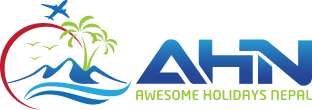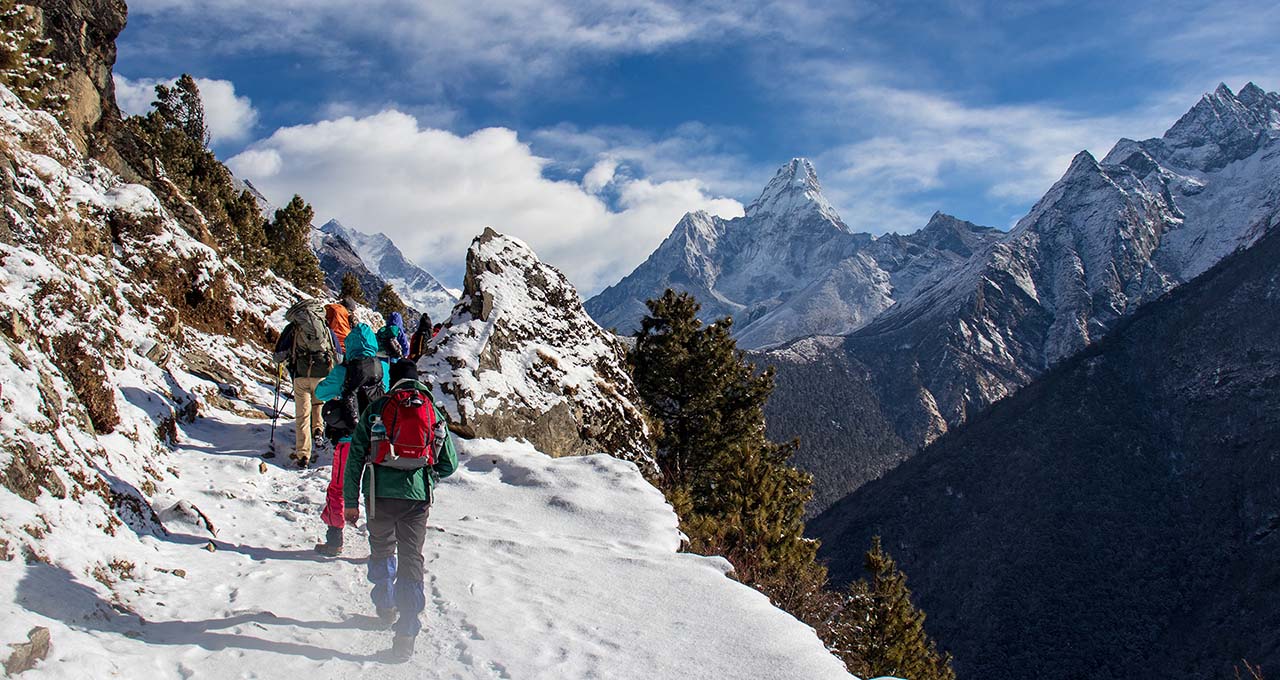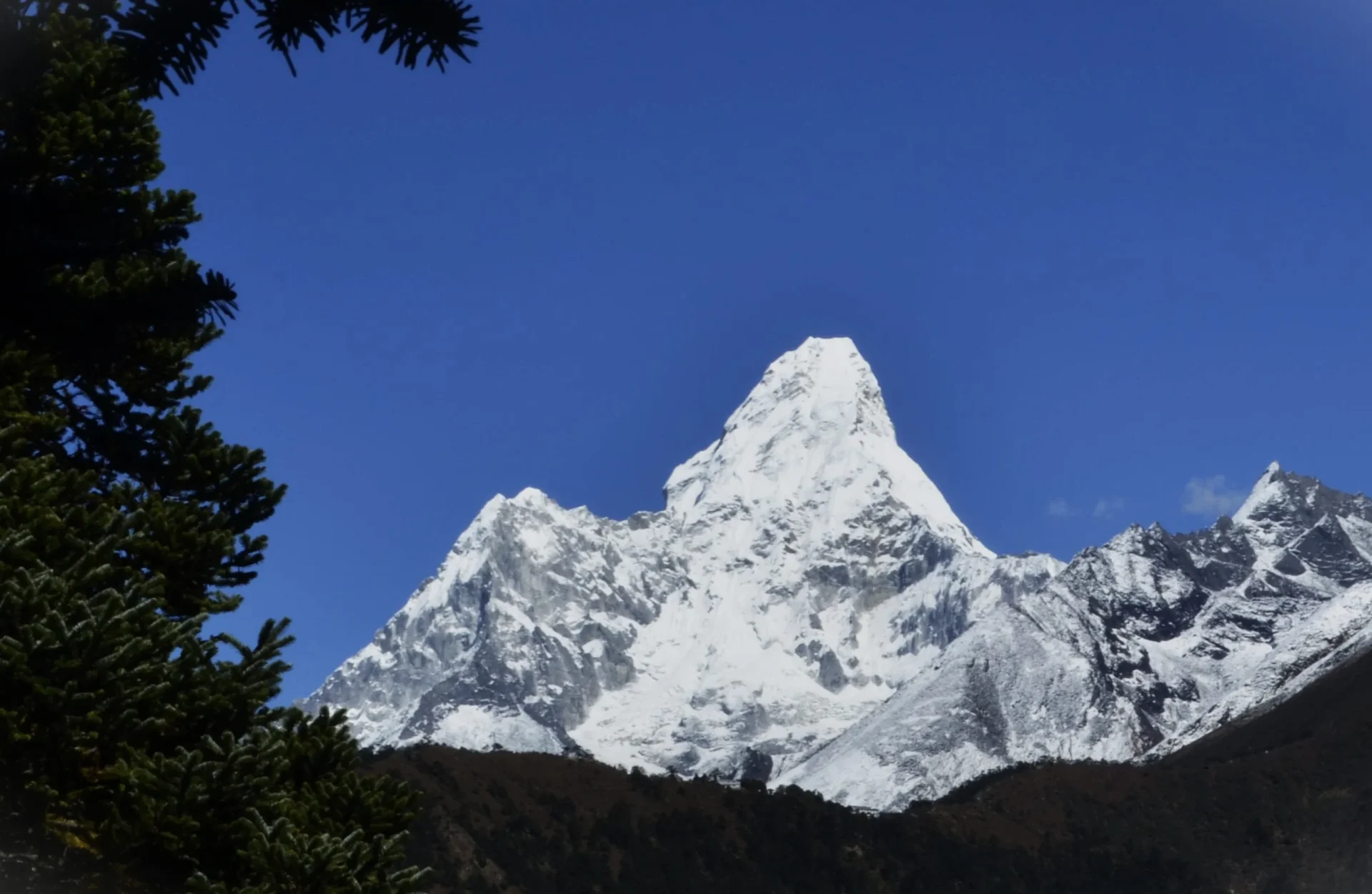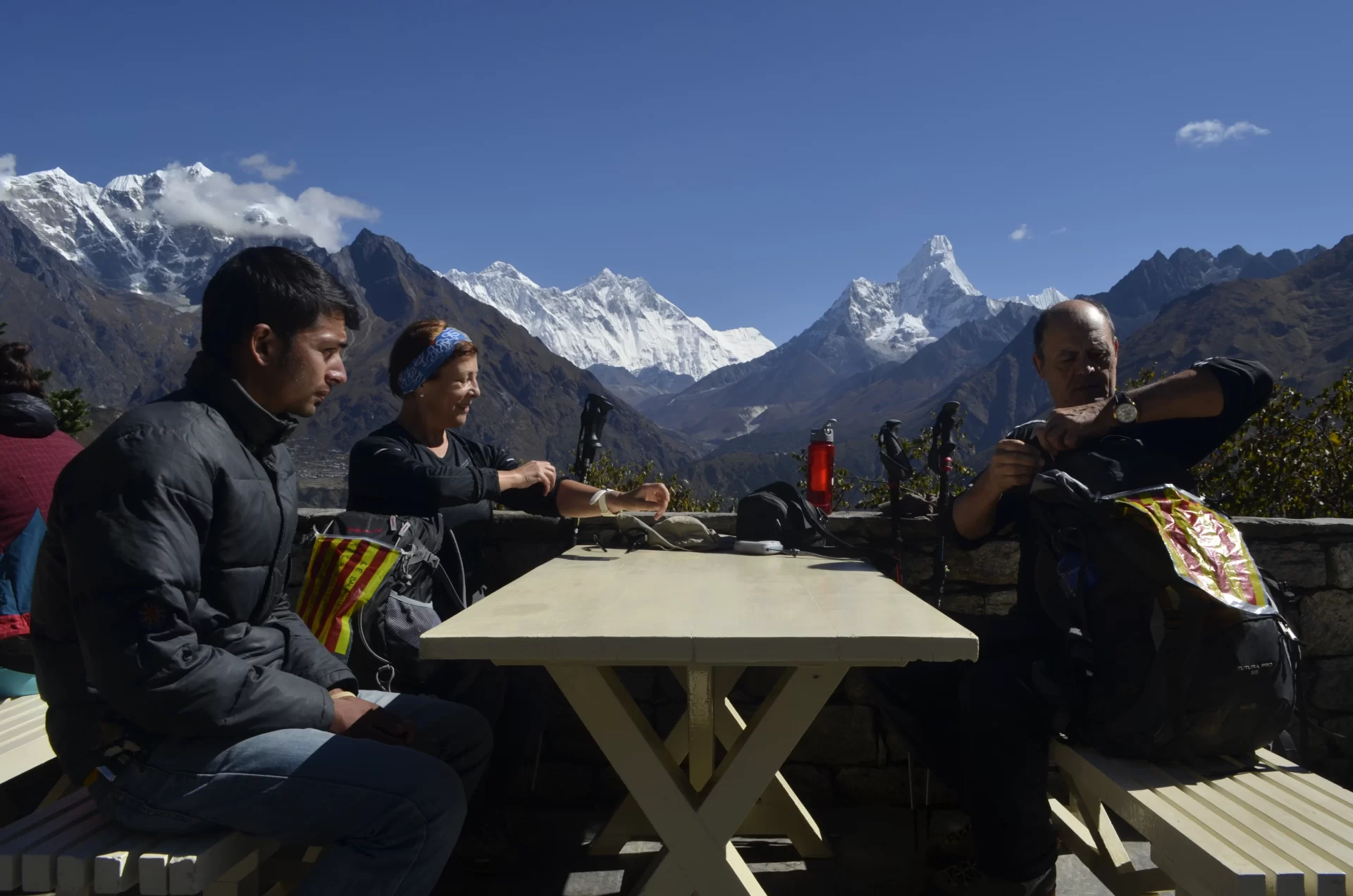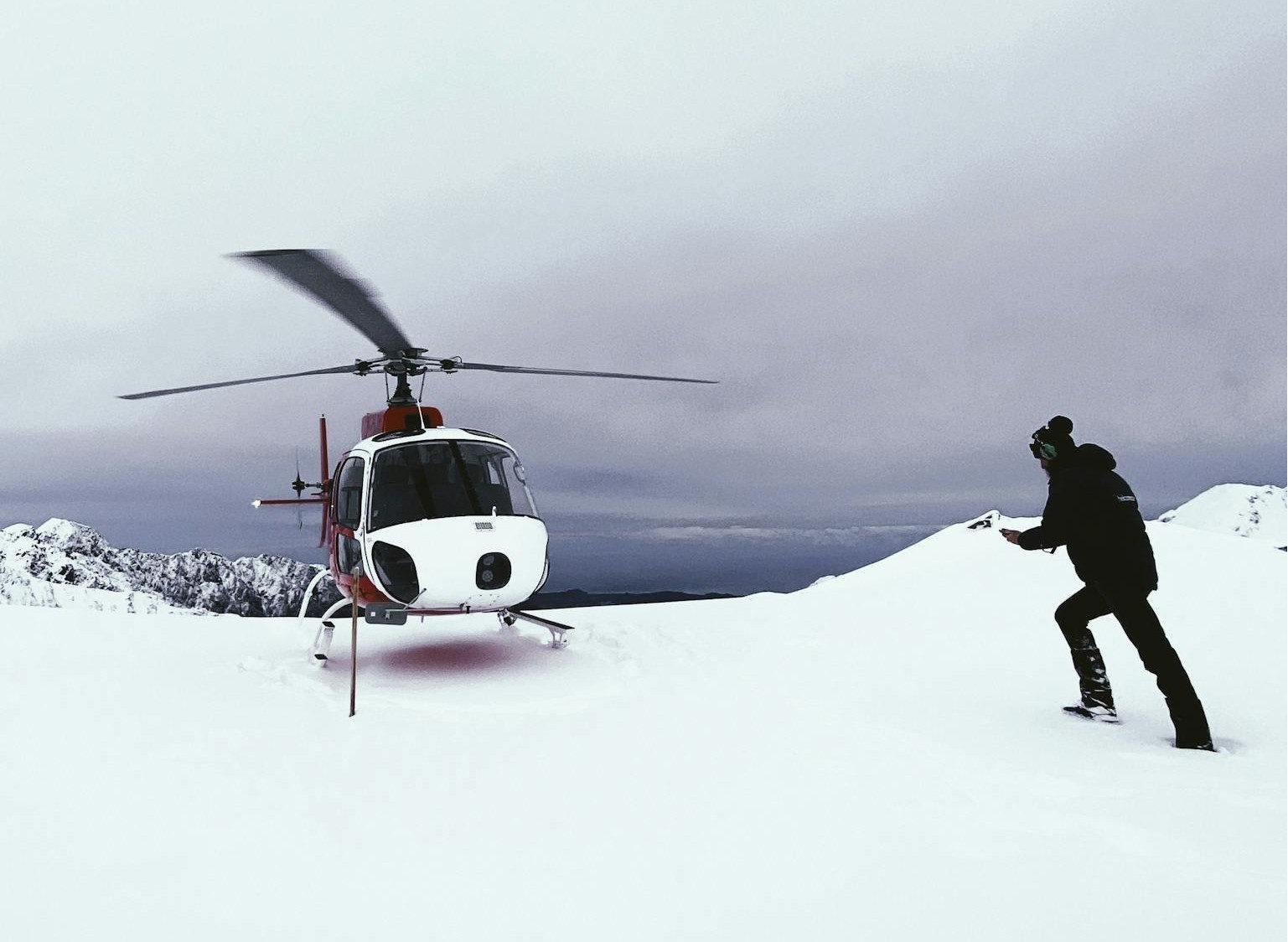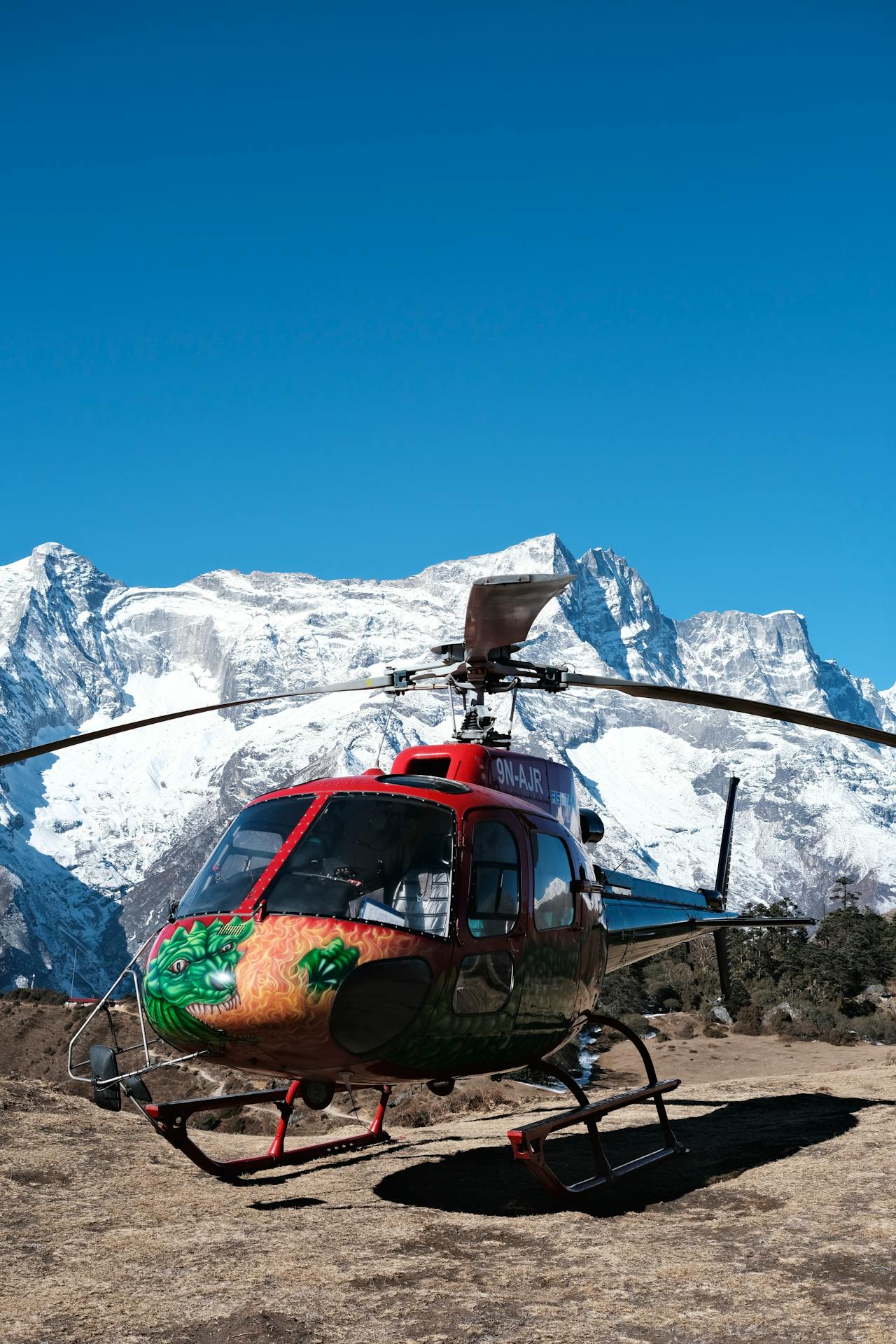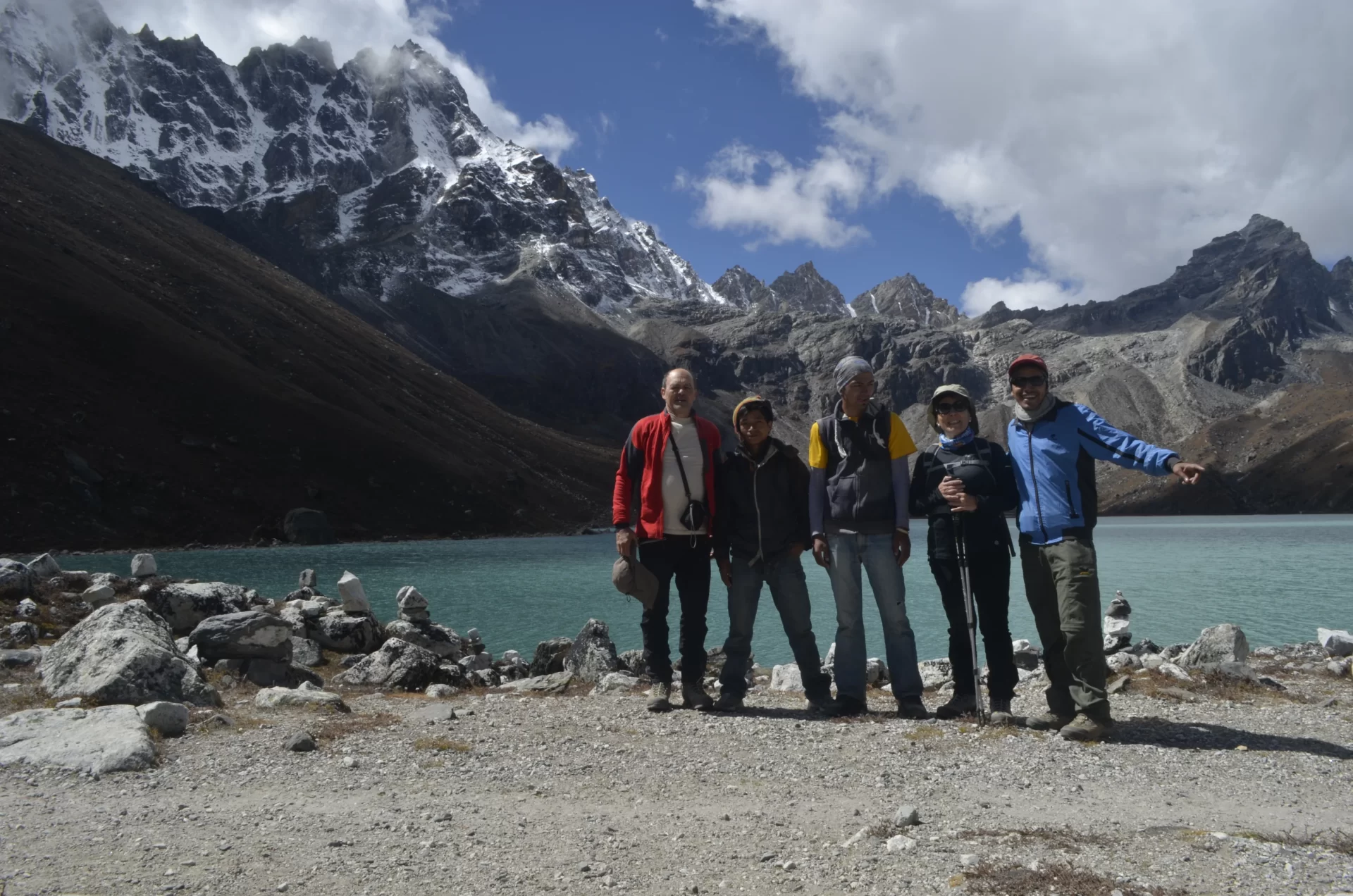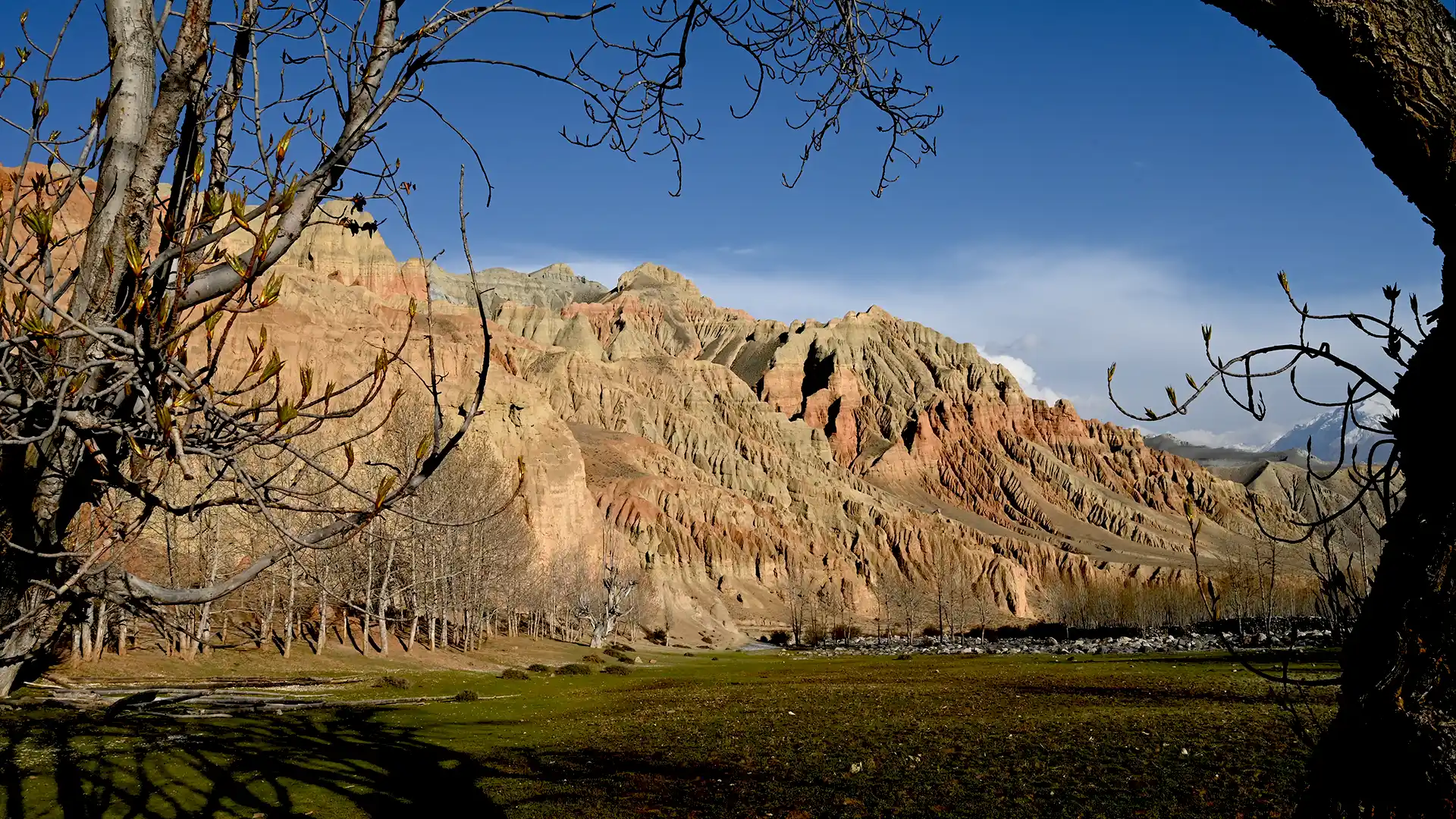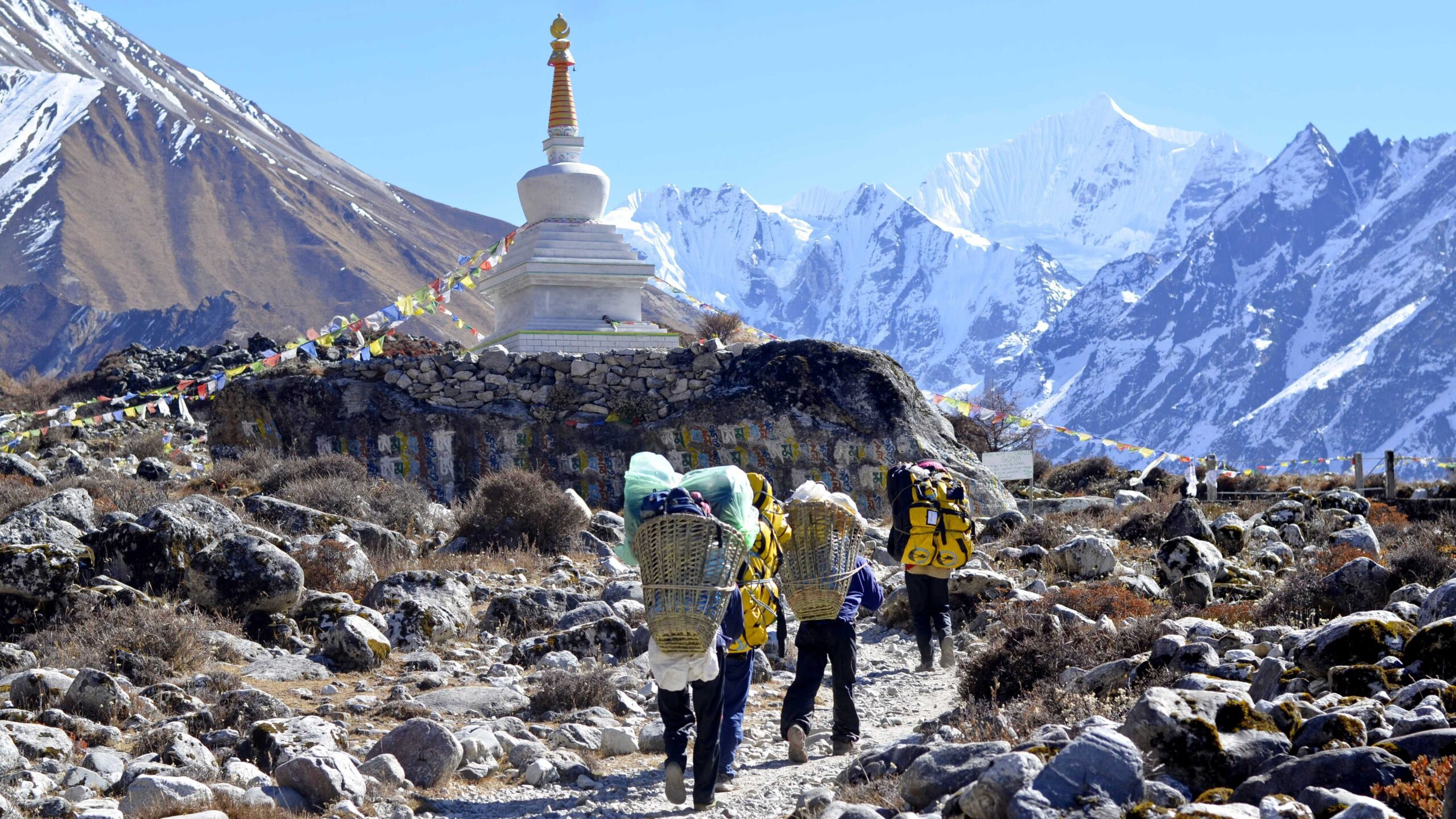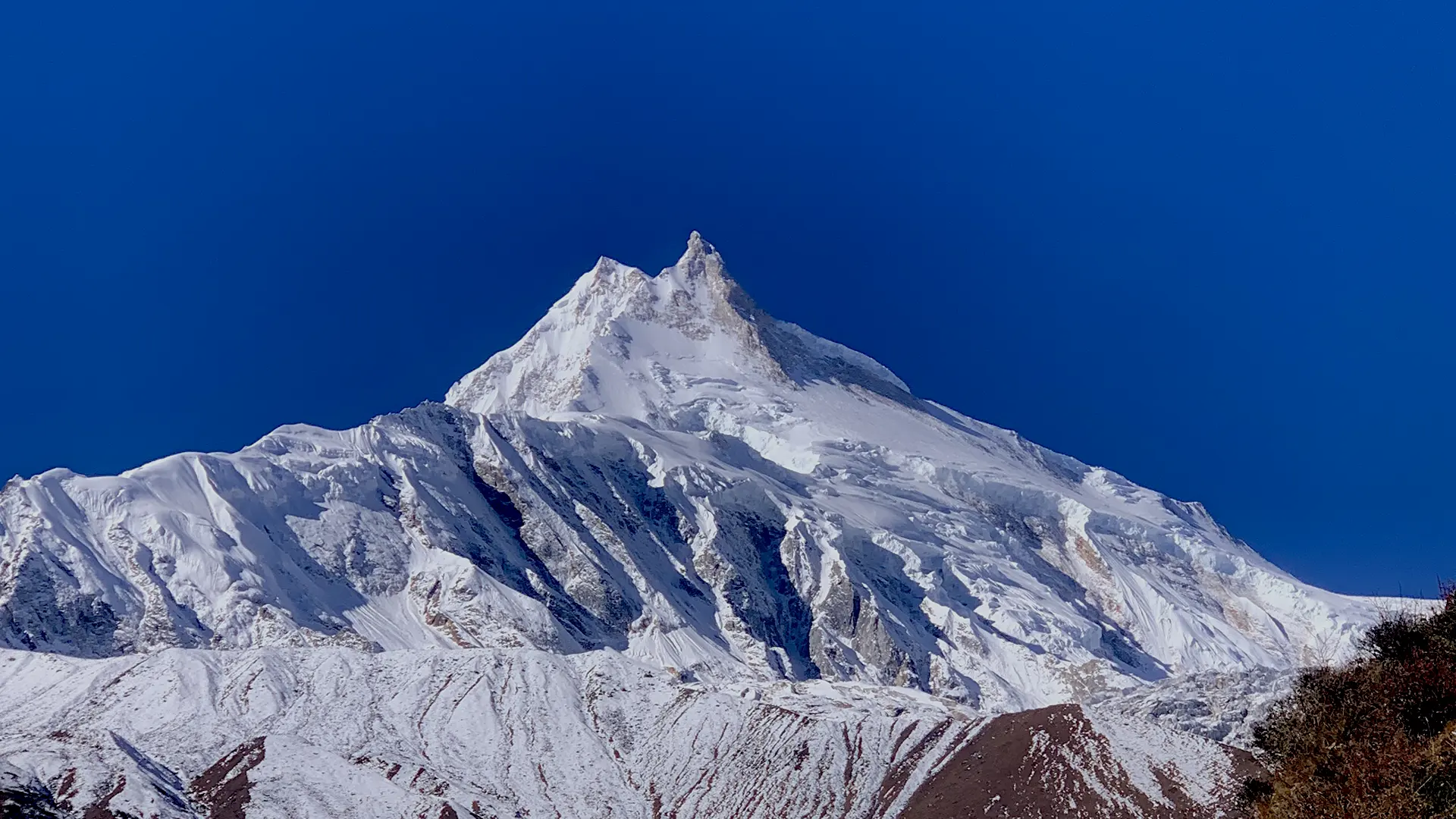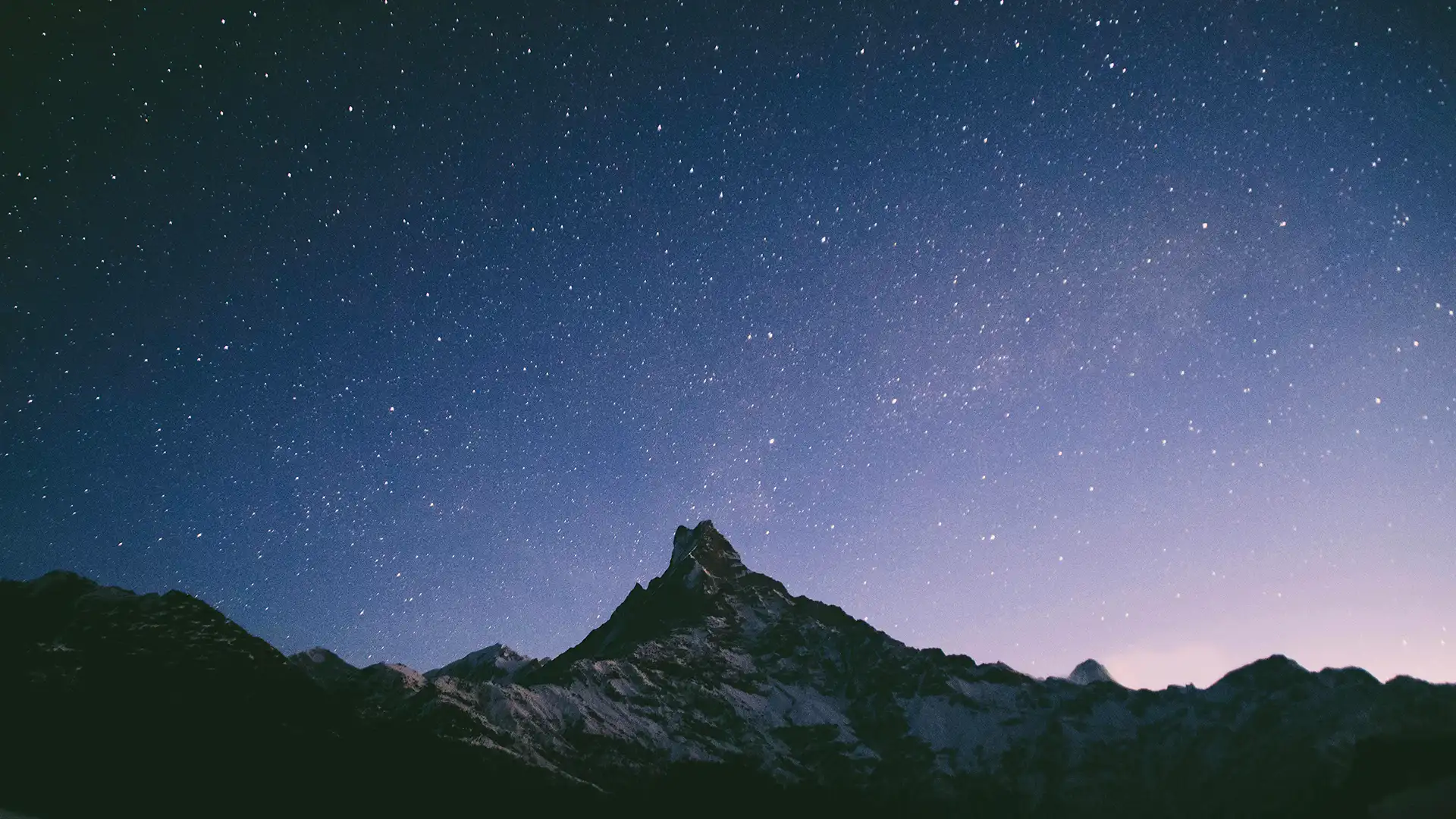Everest Region
Known for its sturdy peak hovering over Nepal, the Everest Region is a dream destination for adventurers around the world. Whether you intend to climb the summit or witness the tall snow-capped mountains up close, the trail to Mount Everest takes you through the most beautiful trails. Immersing in the region’s rugged beauty and culture, you will experience the lifestyle of Sherpa and walk through breathtaking landscapes, monasteries, and pristine water bodies.
Why Everest Region?
Everest Region has long been known as a popular destination for adventurers who want to climb the peak of Mt. Everest. But the summit isn’t the only reason to visit the Everest region. This exciting journey takes you through the Sherpa capital of Namche Bazaar, past ancient monasteries, and into the Sagarmatha National Park, a UNESCO World Heritage site. A trip to the Everest region is a once-in-a-lifetime experience, perfectly curated for those looking to immerse themselves in the majesty of the Himalayas and the vibrant Sherpa culture.
The region also offers a variety of trekking routes to adventurers of all levels. You can choose from the regular Everest Base Camp trek, trek to the Base Camp via Gokyo, do an Everest Three Pass trek, Trek to the Everest Region via Jiri, book an Everest Heli-sightseeing Tour, or Summit the Everest. As you ascend through the rugged terrain of the Everest region, you’ll be rewarded with panoramic views of Everest, Lhotse, Nuptse, and Ama Dablam.
A standard EBC trek package is a 15-day adventure that starts with an exhilarating flight to Lukla. This destination offers an unparalleled blend of natural beauty, cultural immersion, and personal challenge.
Highlights of the Everest Region
- Scenic flight from Kathmandu to Lukla, with stunning aerial views of the Himalayas.
- Trekking through the diverse landscapes of Sagarmatha National Park, a UNESCO World Heritage site.
- Breathtaking views of Everest and Ama Dablam from Tengboche Monastery, the spiritual center of the Khumbu region.
- Sunrise hike to Kala Patthar, the ultimate viewpoint for unobstructed views of Mount Everest and the surrounding giants.
- Cultural immersion in Namche Bazaar, the bustling Sherpa town and gateway to Everest.
- View of Khumbu glacier and iconic peaks like Lhotse, Nuptse, Pumori, etc., from Everest Base Camp.
- Scenic flight through a panoramic view of mountain ranges of the Himalayas of Nepal.
- Breakfast with a view of the sunken face of Everest from Hotel Everest View.
Top 10 Things to Do in the Everest Region
Apart from the climb, there are many things to do in the Everest region, whether you are up for an adventure or relaxation. Here are a few of the top activities that will keep you entertained in the Everest region:
1. Trek to the Everest Base Camp
Trekking to Everest Base Camp is a good way to experience the best of the Everest region’s offerings. Usually, a standard EBC trek is a 15-day journey that includes an exhilarating flight to Lukla. It offers unparalleled natural beauty, cultural immersion, and personal challenge. The trek culminates at the Everest Base Camp and the viewpoint of Kala Patthar, offering some of the most iconic mountain views on Earth. This trek is a once-in-a-lifetime experience, perfect for those looking to immerse themselves in the majesty of the Himalayas and the vibrant Sherpa culture.
2. Take the Everest Heli-Sightseeing Tour
If trekking through high altitudes and rough terrains is challenging, you can book an Everest Helicopter Sightseeing tour. It is a luxurious way to experience the majestic view of the world’s highest peak. This trip doesn’t just fly you over to check the mountains from your window seat; you also get an experience of the ambiance of the Everest base camp and other key locations.
You can also have breakfast at the infamous Hotel Everest View while enjoying the sun’s rays, which make the white snow-capped mountains look magical. The aerial view shows the significant highlights of the Everest region, such as Namche Bazaar, Tengboche, Dingboche, etc.
3. Explore the Natural Wonders of Sagarmatha National Park
Sagarmatha National Park isn’t just a highlight of the Everest region but also a UNESCO World Heritage site. Covering an area of 1148 square kilometers in the Khumbu region, it is a national park situated at an altitude of 6000 meters from the sea level.
From rare animals like Red pandas, snow leopards, musk deer, and Himalayan Thar to birds like Himalayan pheasant, snow cock, blood pheasant, etc., the park is home to many endangered animals. You will most likely find alpine plants and tropical flora, such as pine, juniper, rhododendron, etc., throughout this national park’s forests. If you are in the Everest region, take that chance to trek through the national park area and catch sight of its rich biodiversity.
4. Learn About Everest at Pyramid International Observatory
The Pyramid International Observatory, often known as the Italian Pyramid for being set up by an Italian fund, is a research laboratory in the Khumbu region. While on a trek to the Everest region, this spot is something you shouldn’t miss if you want to learn more about the mountain itself. It is one of the oldest yet most high-profile research facilities located at a high altitude of 5000 meters.
In fact, it was the researchers of the same observatory who gave a new record of the increased height of Everest. Initially, the pyramid was built to compare the height of Mount K2 and the Everest. However, it now serves as an institution to understand the climatic conditions and other metrological predictions related to the peak. Since it comes en route to the Everest Base camp, you can take a short detour of the facility and understand the peaks better.
5. Enjoy a Sunset View from Gokyo Ri
A real adventurer will never return without observing the sunset view of Everest from Gokyo-ri and the turquoise-colored freshwater of Gokyo Lake. Surrounded by the Panoramic Himalayan ranges of the Khumbu region, the peak of Gokyo Ri offers the most stunning view of Everest and the Gokyo Lake beneath it.
Gokyo Lakes are a series of five lakes, all located above 4700 meters. Often referred to as a hidden destination or an alternative route to Everest, trekking to Gokyo Ri and Gokyo Lakes takes 11 days.
6. Experience Namche Bazaar, the Sherpa Capital of the Everest Region
Namche Bazar, also known as the Sherpa Capital of the Everest region, is a major highlight. Since you will have to pass through this small town on almost all treks and trips through the Everest region, it’s best to take a few acclimatizing days to explore Namche.
You can stroll around the town, visit the Sherpa Culture Museum, and explore the markets that used to be a center for traders. The market is also a good place to buy souvenirs that you can take from the Everest region on your way back.
7. A Brief Visit to Sir Edmund Hillary School
The Khumjung Secondary School, known as Edmund Hillary School in recent times, was established by Sir Edmund Hillary in 1962 to educate the children of that region. A few years ago, a small school area was transformed into a visitor’s center named Sir Edmund Hillary Visitor Center.
This center is an information center that tells the history of mountaineering and Edmund Hillary’s contribution.
8. Immerse into the Local Culture in Khumjung and Kunde Village
Shielded by rock walls and surrounded by the beautiful, scenic Himalayan range, Khumjung and Kunde villages are the most visited stops en route to the Everest region. These traditional villages, located further up from Namche Bazaar, are good stops for acclimatizing while on the ascent.
You will interact with the local Sherpa residents and enjoy their food and culture. Some of the other highlights are Khumbila Peak, and the Khumjung School mentioned above. The town also has Kunde Hospital, which Edmund Hillary built to provide emergency services to the locals and trekkers.
9. Get a Local Experience at Teahouses
If you are trekking around the Everest region, staying at teahouses is one of the most memorable experiences. A typical teahouse has wooden flooring and stone walls for a cozy and comfortable stay. Even though the primary purpose of these teahouses is to accommodate trekkers, you will find a sense of community and warmth if you interact with people.
The tea houses, such as Yeti Lodge, Everest Inn, Buddha Lodge, and The Northface Resort, at stops like Pheriche, Phakding, and Gorak Shep, are pretty famous.
10. Contribute to the Conservation Campaign of Sagarmatha Next
As a visitor, it becomes your responsibility to make a positive impact on the environment of the destination you visit. If you are a conscious traveler, you can contribute to the Everest region conservation campaign of an organization called Sagarmatha Next. The organization intends to solve the pollution issues in the Everest region by collaborating with locals and the Sagarmatha Pollution Control Committee (SPCC).
On your way back, you can visit their learning and visitor centers and see how they have crafted visually appealing waste out of the garbage. Apart from bringing back your waste, you can also join their “Carry Me Back” campaign. Through this initiative, the locals and organization members segregate waste and pack it in 1 kg white bags, which you can carry while leaving Sagarmatha National Park and drop off at Lukla airport.
Trek With Awesome Holidays Nepal
Anyone can take you on a trek, but not all can lead your path with the utmost comfort and memorable encounters! Awesome Holidays Nepal is one such travel and trek company dedicated to curating tailor-made treks suited to your needs and utmost comfort while keeping your safety a prime concern. Based in Nepal, Awesome Holidays has a team of experts who have decades-long experience guiding guests through many adventurous yet luxurious expeditions.
Following are some of the prime reasons why you should trek with AHN:
- Awesome is committed to your travel needs.
- Travel Safety is always our primary concern.
- Our tailor-made itineraries offer the best value for your money.
- Awesome offers the flexibility to customize your treks based on your needs.
- A team of professionals who are always there to aid your trek and travel experience.
- Awesome Holidays Nepal is trusted with over a 95% success rate and excellent Travel Advisor Reviews.
- An ever-ready support team always backs up while on a trek.
If you want an Awesome trekking experience, you should travel with Awesome Holidays Nepal.
How to Get to the Everest Region?
Getting to the Everest region is indeed a challenging and tiring yet exciting journey in itself, too. Usually, you fly to the Lukla Airport from Tribhuvan International Airport in Kathmandu, then hike up from Lukla to Namche Bazaar to explore more of the Everest region. You can also opt for a Heli-ride to Lukla, which continues to explore the Everest region through a Heli-sightseeing tour.
However, if you are acrophobic, you can drive to Phaplu and Tham Dada and then begin the trek to the Everest region. There is also an alternative route through Jiri that leads you to the Everest region via road.
Best Time to Visit the Everest Region
Fall and Spring are the best seasons to trek to the Annapurna region. Since the climate is suitable, the trails are dry, and the skies are clear during these two seasons, it is also the best season for climbing to the Himalayan regions of Nepal. Usually, during September-November and April-May, most visitors ascend through different trekking routes of the Annapurna region.
Food & Accommodation in the Everest Region
Sherpa and Tibetan traditions highly influence food in the Everest region. While in Namche Bazaar, you are likely to get different cuisines, including Italian, Chinese, European, and American cuisine, food during the trek has limited options. Tea houses will serve mostly Tibetan and Sherpa cuisine, which includes food like lentil soup, Rice, Bread, Noodles, Potato, etc.
Similar is the case with accommodation. The Sherpa capital has options of standard luxurious accommodation. But while on the trek, you will stay in standard teahouses with clean rooms and bathrooms. With an additional charge, you can also get private rooms with attached bathrooms.
Is it Safe to Travel to the Everest Region?
Traveling to the highest peak in the world, situated above 5000 meters from sea level, obviously comes with some risks and challenges. However, these risks can be mitigated with proper trekking, preparation, and adaptation of the necessary safety measures. Plan your trip in favorable climbing seasons to get off safely from your adventure.
Before travel, you must train and prepare your body to trek rough terrain for up to 7 hours daily. You will also need to be ready for tackling altitude sickness and other health conditions that might appear when traveling to high altitudes. You can buy trekking insurance to prepare for additional security, as you will be trekking above 5000 meters in an area with high avalanches and unpredictable climate risks.
Explore Our Exciting Packages
Discover Unforgettable Adventures Await in Everest Region
FAQs
When is the best time to trek to the Everest Region?
The best time to trek to the Everest region is during the Autumn and Spring seasons, as the climate is favorable and the trekking route is rich in luscious greens. For a safe, memorable, and awesome experience, plan a trek between mid-September and November or March and June.
However, the trek is possible all around the year. As long as you can avoid rainstorms and sustain extreme temperatures, you can ascend during colder months to avoid the crowd.
Do I need to book in advance?
Though it might not be mandatory, booking your trek to the Everest region in advance is better to ease the process, specifically if you are planning for trekking seasons, as mentioned above.
Booking in advance secures your spot and ensures you and your trekking company are well-prepared for the trek. However, getting the trekking permits, booking accommodation and transport, and getting your visas might take time.
What kind of fitness level is required?
To trek to the Everest region, you will require a moderate fitness level since you will walk at least 6-7 hours a day. You will also require good cardiovascular endurance and muscular strength to ascend easily through rough terrain.
If you aren’t somebody who doesn’t perform physical training regularly, it is better to start training at least ¾ months in advance. Ensure you include cardio, flexibility exercises, and strength training in your workout to prepare your body for the trek. However, for a Heli-sightseeing tour, you do not need any such fitness requirement.
What permits are required?
You will require two passes, the Sagarmatha National Park Entry Permit and the Khumbu Pasang Lhamu Municipality Entry Permit to trek through the Everest region. Apart from these, you can get the optional Gaurishankar Conservation Area permit if you hike from Jiri to Everest.
These passes can be obtained easily from the Tourism Board of Nepal or from the Lukla or Monjo check post if you are already in Lukla. Travelers opting for a Helicopter Tour of the Everest region might not require these permits.
Do I need travel insurance for the Everest region?
Yes, you would need trekking insurance to the Everest base camp. As the base camp is situated at an altitude of over 5000 meters, there is always a risk of natural disasters like glacial flooding, avalanches, and landslides.
Besides, the lower temperature and scarce oxygen at higher elevations often cause altitude sickness, frostbites, and other medical emergencies. Having trekking insurance helps a lot in such scenarios.
Can I customize my itinerary?
Yes, you can customize your itinerary according to your needs. We can add or deduce the acclimatization days, optimize the trekking route, and shorten or elongate the trek as you prefer.
However, if you have booked for our regular trekking package that moves as a group, customizing the itinerary just for an individual isn’t possible.
What is the best way to train for the trek for the Everest region?
Some of the best ways to train for the trek are through regular cardio, focusing on breathing exercises, strength training, lifting weights, hamstring sketching exercises, and so on. You can also switch to climbing stairs instead of lifts, walking, or jogging instead of driving to smaller distances to prepare your body.
Additionally, going on regular hikes or climbing up the hills can be the best way to train for the trek.
Do I need vaccinations?
Getting any vaccinations to trek to the Everest region isn’t mandatory. However, you can check your respective country’s travel regulations and get yourself vaccinated before visiting Nepal.
Typically, routine vaccines are available, including those against Malaria, Japanese Encephalitis, Hepatitis A, Hepatitis B, Typhoid, Rabies, and Cholera.
What currency should I carry?
For any personal expenses other than those offered by the trekking company, you will need Nepalese rupees for your Everest region trip. However, it is better to have some USD or your home currency as a backup for emergencies or returns.
Make sure to exchange your currencies for Nepali rupees in Kathmandu to find the best rates.
Do I need a visa for Nepal?
To travel to Nepal, you will need a “Tourist Visa.” This visa is available on arrival for most foreign visitors except for visitors from African countries, Afghanistan, and refugees with travel documents.
Check the official website of the Department of Immigration for information regarding On Arrival and other tourist visas in Nepal.
Is it possible to trek solo to the Everest region?
It is possible to trek solo to the Everest region. However, you must be well prepared to adapt to the exciting yet exhilarating trek. You will need that additional physical and mental strength to trek solo to EBC.
A solo traveler will have to get the required documents to get the permit.
What is the trek route like?
The trekking route to the Everest base camp consists of rough rocky terrains, a couple of steep hills, and narrow trails. You will also come across suspension bridges, a national park area, luscious green forests, and locally inhabited villagers along your path.
What is the food like on the trek?
The guesthouses and teahouses primarily serve Nepali, Tibetan, and Sherpa cuisines, which primarily include Rice, Pulses, Bread, Noodles, soup, Pasta, and Pastries. You will also get an option of drinks and continental cuisine.
Are there showers available?
Yes, showers are available on the Everest Base Camp trek for an extra charge of $5-$8. Even the remote villages offer you a pail of hot water to shower for a few dollars, but it’s recommended that you avoid showering at higher elevations.
Can I charge my electronics?
Yes, there are provisions for charging your electronics in rest houses, teahouses, or local stays. However, after you pass Lukla and Namche Bazaar, you might have to pay a charge of around USD 1-5 per device.
Besides, remember to carry the required adapters (C type and D type) to fit in your chargers.
What kind of toilets are available?
En route to Everest base camp, the teahouses have clean but very basic squat toilets. In case of emergencies, private areas along the trail can also be found to relieve the pressure.
Is it possible to do laundry on the trek?
Yes, doing laundry in some tea houses along the trek is possible with a minimal charge. You can also do the laundry yourself at some acclimatization stops, such as Namche and Dingboche, but the water will be very cold.
Packing enough clothes is better than looking for laundry in elevations where the water is almost cold.
Can I buy snacks and drinks on the trek?
You are less likely to find a store to buy snacks and drinks on the trek as it is a remote area inhabited by fewer people. However, the tea houses along the trail do sell biscuits, candies, and other snacks.
We advise you to carry protein bars, dried nuts, and fruits to snack when you want. For drinking water, you can bring a refillable bottle with a filter to drink water from sprouts or springs along the way.
